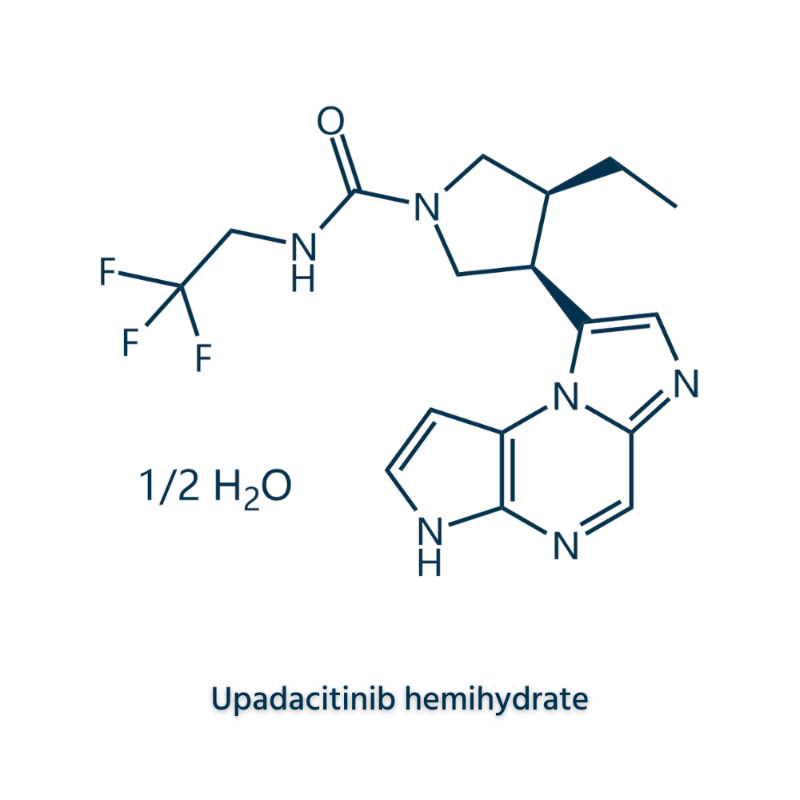Diagnosis and treatment of cobweb cysts in adult spinal cord
-
Last Update: 2020-06-03
-
Source: Internet
-
Author: User
Search more information of high quality chemicals, good prices and reliable suppliers, visit
www.echemi.com
Ref: Fam MD,et alJ Neurosurg Spine2018 Sep 28:1-9doi: 10.3171/2018.5.SPINE1820Theadult spinal cobweb cysts (spinal arachnoid cysts, SACs) are rare diseases that are commonly clinically characterized by pain or spinal cord diseaseThese cysts are specific and may come from the diverticulum of the rear diaphragm or ectopic cobweb particles, but have not been confirmed; Diagnosis is based on medical history, symptoms, and specific imaging results, such as MRI or CT spinal imagingTreatment of symptomatic SACs includes surgical profiling and lifting of pressure on nerve tissue, cyst removal or window opening, fistula ligation or shunt, and a combination of the above techniquesMaged DFam of neurosurgery at the University of Iowa Hospital in Iowa, USA, and others conducted research to illustrate the characteristics of cobweb cysts in adult spinal cord, published online september 2018 in J Neurosurg Spinethe authors retrieve clinical data on adult patients with SACs for the 10 years ended December 2016 (Table 1)Enquiry of radiology and pathology reports to exclude other cases of spinal cyst diseases and recurrence or previous treatmentExtracted data from the study, including the age and gender of the demographic variables, clinical symptoms and duration, history of infection or trauma, and all test resultsEvaluate radiology features from radiology reporting and imagingThe effect of surgery is evaluated according to surgical records and intraoperative imaging examination (Table 2)Finally, follow-up results were recorded at each outpatient clinic using the Health Questionnaire-36 (SF-36) Clinical data on selected adult patients of SACs Table 2 Imaging performance and incision of selected adult patients of SACs 22 adult patients with SACs were included in the study The average age was 53.5 years, with 17 cases of women Clinical symptoms include back pain (n-16,73%), weakness (n-10,45%), gait disorder (n-11,50%) and sphincter dysfunction (n-4,18%) The average duration of symptoms is 15 months Seven cases (32%) showed signs of spinal cord disease In 22 cases, MRI was performed before surgery, of which 6 were CT spinal imaging Imaging results showed that SACs were most common in the thoracic spine (n?17,77%), and the lumbar spine (n-3,14%) and the neck/neck chest-lumbar junction (n-2,9%) The results of 11 cases (50%) of epidural cysts, 6 cases of epidural cysts (27%) and 2 cases of ventral spinal cord cord herniation (VSCH), 3 cases (14%) were not determined Nineteen patients underwent surgical treatment, including 13 (68%) cyst removal and vertebral plate forming, 4 cases (21%) fistula ligation, 2 cases (11%) open windows/mouth-opening (Figures 1, 2) 1 case of cyst surgery on the back side of the spinal cord under the epidural; A-G from cutting the epidural to the vertebral plate reset forming 1 surgical procedure for the back-side epidural cyst; A-D exposed the epidural fistula at the root of the vertebral arch and ligation patients followed up after surgery for 2-30 months, with an average of 8.2 months MRI tests showed that SACs disappeared completely in 14 of the 16 patients Fifteen patients received SF-36 scores before and after surgery Direct comparisonshows show improvements in the following areas: increased physical function (8.4 points, 23%), physical limitation (22.2 points, 30%), mood restriction (2.2 points, 17%), energy/fatigue (4.2 points, 21%), emotional health (4.1 points, 9%), social skills (10.7 points, 31%), pain (5.7 points, 26%) and general health (1.7 points), 2.7) Conservative treatment was treated in patients with delayed infection of 1 wound authors concluded that imaging results do not reliably distinguish sACs into other similar spinal cord diseases, such as spinal sorthal abstinence (VSCH) For patients with symptomatic SACs in clinical and imaging, surgical profiling and total excision of lesions are the preferred treatment soutcomes Usually patients have a good tolerance for treatment, a low risk of complications from surgery, and a chance of recovery.
This article is an English version of an article which is originally in the Chinese language on echemi.com and is provided for information purposes only.
This website makes no representation or warranty of any kind, either expressed or implied, as to the accuracy, completeness ownership or reliability of
the article or any translations thereof. If you have any concerns or complaints relating to the article, please send an email, providing a detailed
description of the concern or complaint, to
service@echemi.com. A staff member will contact you within 5 working days. Once verified, infringing content
will be removed immediately.







